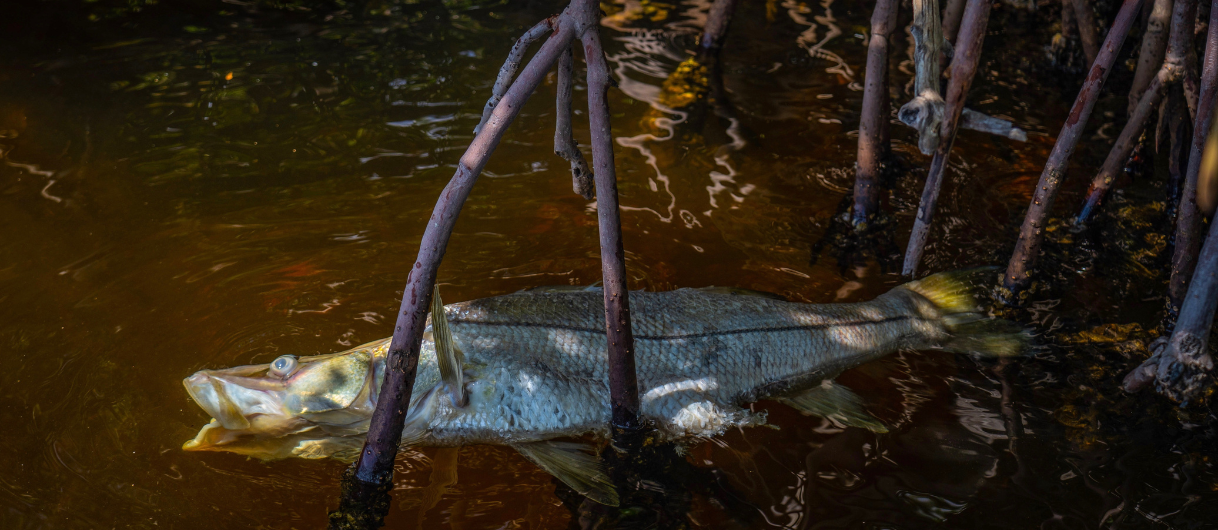Patience is no virtue when it comes to dealing with Florida’s water problems
Patience is no virtue when it comes to dealing with Florida’s water problems

“So you gotta hang on ‘til tomorrow,” sang Little Orphan Annie.
Unfortunately, too many Florida decision-makers seem inclined to sing along.
Last month a statewide coalition of environmental groups including VoteWater issued a “report card” showing “Florida leaders have failed to address critical water-quality concerns by not adequately implementing the recommendations of the Blue-Green Algae Task Force.”
The report graded the state’s response to the task force report on 32 key metrics, and in only four cases was the benchmark achieved.
“As we approach the three-year anniversary of the issuance of those recommendations, ecological conditions in Florida have not improved and, in many cases, they have worsened,” said the environmental groups in a press release.
It was all designed, in part, to light a fire under Florida officials, to spur them to do more to turn the recommendations into reality — and turn the tide on toxic blue-green algae.
Unfortunately, Dr. Mark Rains, head of the Blue-Green Algae Task Force subsequently defended the state’s progress, saying “It’s going to take time … We’re talking about decades” to really make a dent in the problem.
We don’t wish to belittle Dr. Rains, a University of South Florida ecohydrologist and professor in the School of Geosciences. He and other members of the task force put in a lot of time, and we know they care about the issue.
And indeed, technically he’s probably right. The problem of blue-green algae — or red tide, for that matter — is not going away overnight. Reducing the nutrient pollution that triggers these algal blooms requires better stormwater rules and management, it requires replacing thousands of defective septic systems, it involves better water quality monitoring, curtailing nitrogen and phosphorus in farm runoff and much more.
As Rains told Treasure Coast news outlet TCPalm, these solutions are multiyear, multifaceted and cost multimillions.
But we worry that Rains’s remarks reflect the attitude of Florida’s environment and regulatory agencies, of the state Legislature itself: Hey, these things take time.
As such, there’s no real sense of urgency.
And that, right there, is the kiss of death.
If we are to solve Florida’s multiple water crises, we cannot get complacent. We must act now, and later; we must propose and pass new legislation, we must allocate and spend the necessary funds, we must face the political headwinds head-on.
For the more we rationalize why things haven’t gotten done, the more cover we give to a lollygagging Legislature inclined to inaction until it has no choice — perhaps after another full-blown algae crisis has walloped Florida.
It’s true that implementing more of the task force regulations will be politically difficult. Better water-quality monitoring that pinpoints sources of pollution isn’t likely to be popular with certain powerful industries. Acquiring more land for water storage and treatment, one key task force recommendation, will be expensive — and what if there aren’t willing sellers? Should eminent domain be on the table? And who will put it there, or prevent it from being removed?
But these are all reasons why we should be pushing for these things now, for ironing out these political difficulties will indeed take time. The sooner we get cracking, the better.
So we can’t let up the pressure on legislators, regulators and other decision-makers. We need to let them know what little has been done so far isn’t good enough, and certainly won’t prevent the next crisis.
We — they — need to do more, and faster.
Otherwise, you can bet your bottom dollar that a clean-water tomorrow will always be a day away.


